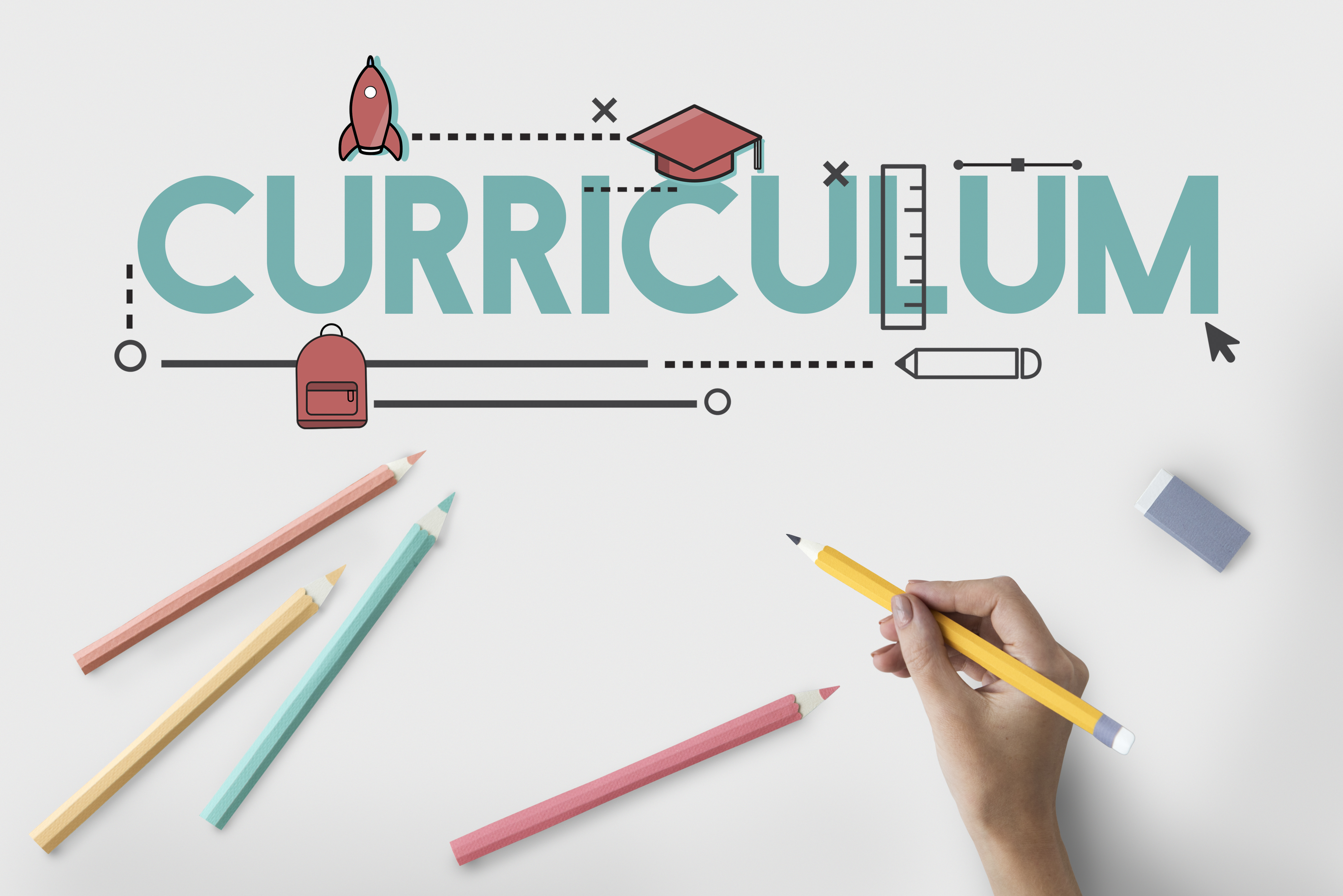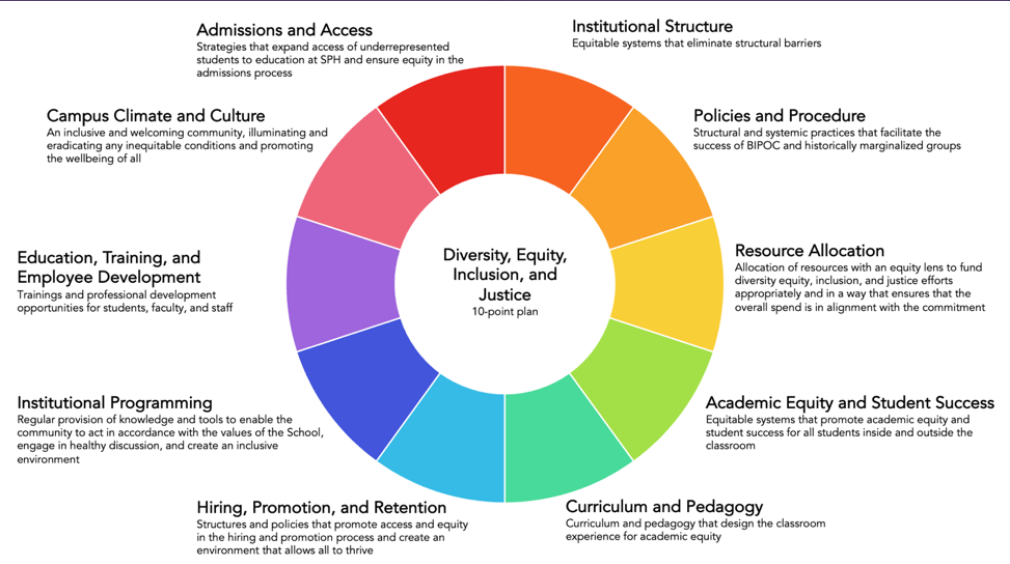The Art of Curriculum Development: Navigating Educational Trends

Curriculum development is a necessary process that shapes the educational experiences of students. It involves creating and implementing a structured plan that outlines a particular course or academic program's goals, content, and instructional methods. As the educational landscape evolves, educators and policymakers must reassess curriculum development periodically. In this blog, we will explore the fundamentals of curriculum development and delve into the importance of reassessing curricula in light of the latest graph report.
Understanding Curriculum Development
Curriculum development is a comprehensive process that encompasses several key components. These include identifying the educational goals and objectives, selecting appropriate content and learning materials, designing effective instructional strategies, and evaluating student performance. Educators can create engaging and meaningful student learning experiences by carefully considering these elements.
The Role of Curriculum in Education
The curriculum serves as the backbone of any educational institution or program. It provides a framework for teachers to organize and deliver instruction, ensuring students acquire the necessary knowledge and skills. A well-designed curriculum promotes continuity and coherence in the educational journey, effectively allowing students to build upon their prior knowledge and progress.
At OhMyClassroom.com, we understand the significance of a well-crafted curriculum in shaping students' academic journeys. Our platform is dedicated to empowering educators, students, and parents with valuable insights and resources that contribute to the development of effective and engaging curricula. Explore our offerings to enhance your understanding of curriculum design and its impact on education.
Adapting to Educational Trends
Education is a dynamic field that constantly evolves to meet the changing needs of society. As new research emerges, technological advancements occur, and societal values shift, educators must adapt their curricula accordingly. By staying abreast of the latest trends and research findings, curriculum developers can ensure that their programs remain relevant and impactful.
Reassessing Curriculum Development: The Latest Graph Report
A comprehensive graph report was recently published, highlighting the changing educational landscape. This report reveals important insights and trends that necessitate reassessing curriculum development models. Below are some key findings from the report:

Source: BU School of Public Health
Evolving Workforce Demands:
The graph report indicates a significant shift in workforce demands, with emerging industries and technologies requiring different skills. In light of these changes, curricula should include more interdisciplinary approaches, emphasize critical thinking and problem-solving, and foster creativity and innovation.
Technological Advancements:
The rapid advancement of technology has revolutionized various aspects of our lives, including education. The graph report suggests integrating technology into curricula to enhance learning experiences and equip students with digital literacy skills. Additionally, educators should consider teaching online safety and responsible internet usage to prepare students for the digital world.
Inclusivity and Diversity:
Society's growing emphasis on inclusivity and diversity calls for a more culturally responsive curriculum. The graph report highlights the need for curricula that reflect diverse perspectives, histories, and experiences. By incorporating diverse voices and promoting cultural understanding, curricula can foster empathy, respect, and global citizenship among students.

The Process of Reassessing Curriculum Development
Reassessing curriculum development involves a systematic approach to evaluating and updating existing curricula. Here are some steps that can be taken:
Conduct Needs Assessment:
Gather input from stakeholders, including students, teachers, parents, and community members, to identify the strengths and weaknesses of the current curriculum and understand their expectations.
Review Research and Educational Trends:
Stay updated on research, educational trends, and best practices to inform curriculum revisions. Analyze the graph report and other relevant sources to identify areas for improvement.
Collaborative Curriculum Design:
Involve a diverse group of educators, subject matter experts, and curriculum specialists to collaboratively design a revised curriculum that aligns with the identified needs and goals.

Collaborate on curriculum redesign with educators, experts, and professionals.
Pilot Testing and Evaluation:
Implement the revised curriculum in a pilot phase and collect feedback from teachers and students. Evaluate its effectiveness in achieving the desired learning outcomes and make adjustments as necessary.
Professional Development:
Provide ongoing professional development opportunities for teachers to ensure they have the knowledge and skills to implement the revised curriculum effectively.
Conclusion:
Curriculum development is a dynamic process that requires periodic reassessment to meet the changing needs of students and society. By staying informed about the latest educational trends, conducting thorough needs assessments, and engaging in collaborative design and evaluation, educators can create impactful curricula that prepare students for future challenges.
The research serves as a valuable tool in this reassessment process, highlighting the importance of adapting curricula to evolving workforce demands, technological advancements, and the imperative of inclusivity and diversity. Let us embrace these findings and work towards a future-oriented curriculum that empowers students to thrive in a rapidly changing world.
Read more blogs on https://www.evelynlearning.com/blog/